Growth of Automotive Sector
The automotive sector is a significant driver for the Air Hose Market, as air hoses are essential components in various automotive applications. With the automotive industry projected to grow steadily, the demand for air hoses is likely to increase correspondingly. In 2025, the automotive sector is anticipated to expand at a rate of around 4%, which will bolster the need for high-quality air hoses used in pneumatic systems, tire inflation, and other automotive functions. This growth presents opportunities for manufacturers to diversify their product lines and cater to the specific needs of automotive clients, thereby enhancing their market presence in the Air Hose Market.
Increased Focus on Safety Standards
Safety regulations and standards are becoming increasingly stringent across various industries, which is positively impacting the Air Hose Market. Companies are now required to adhere to higher safety standards, leading to a greater emphasis on the quality and reliability of air hoses. This trend is prompting manufacturers to invest in producing hoses that meet or exceed these safety requirements. As a result, the Air Hose Market is likely to see a rise in demand for hoses that are not only durable but also compliant with international safety standards. This focus on safety is expected to drive innovation and quality improvements within the industry.
Expansion of Industrial Applications
The Air Hose Market is witnessing an expansion in industrial applications, which is driving demand for air hoses. Industries such as manufacturing, agriculture, and mining are increasingly utilizing pneumatic systems for various operations, leading to a heightened need for reliable air hoses. The manufacturing sector alone is projected to grow at a rate of approximately 3.5% in 2025, contributing to the overall demand for air hoses. This expansion is encouraging manufacturers to develop specialized hoses tailored to specific industrial needs, thereby enhancing their product offerings and market competitiveness. The diversification of applications is likely to sustain growth in the Air Hose Market.
Rising Demand in Construction Sector
The Air Hose Market is experiencing a notable surge in demand, particularly driven by the construction sector. As infrastructure projects expand, the need for efficient pneumatic tools and equipment increases, leading to a higher consumption of air hoses. In 2025, the construction industry is projected to grow at a compound annual growth rate of approximately 5.5%, which directly correlates with the rising demand for air hoses. This growth is further fueled by the increasing adoption of advanced construction techniques that rely heavily on pneumatic systems. Consequently, manufacturers in the Air Hose Market are likely to innovate and enhance their product offerings to meet the evolving needs of this sector.
Technological Innovations in Air Hose Manufacturing
Technological advancements are playing a pivotal role in shaping the Air Hose Market. Innovations in materials and manufacturing processes are leading to the development of more durable and flexible air hoses. For instance, the introduction of lightweight composite materials has improved the performance and longevity of air hoses, making them more appealing to consumers. Additionally, automation in manufacturing processes is enhancing production efficiency, thereby reducing costs. As a result, the Air Hose Market is witnessing a shift towards high-performance products that cater to diverse applications, from industrial to automotive uses. This trend is expected to continue, with manufacturers investing in research and development to stay competitive.


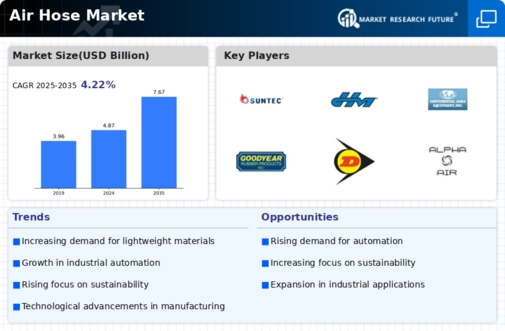
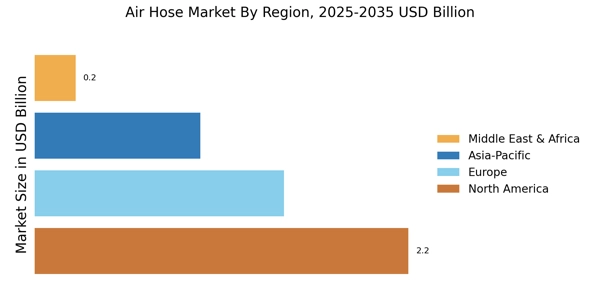
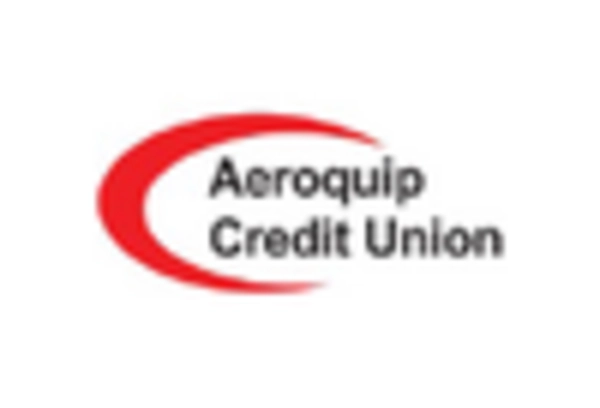

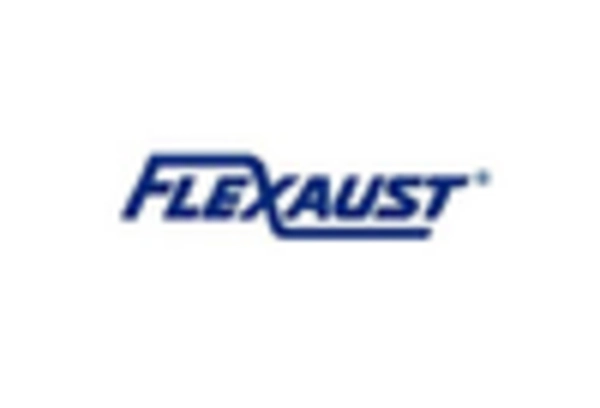
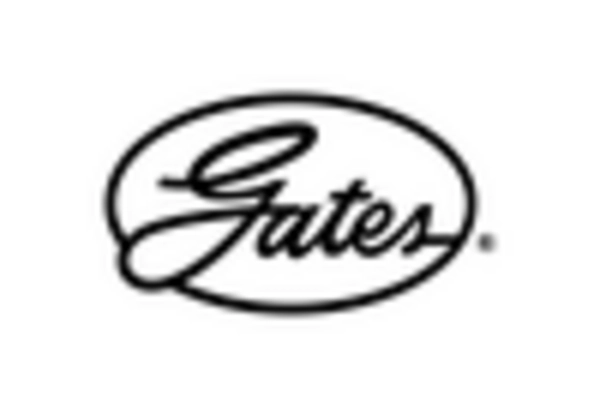
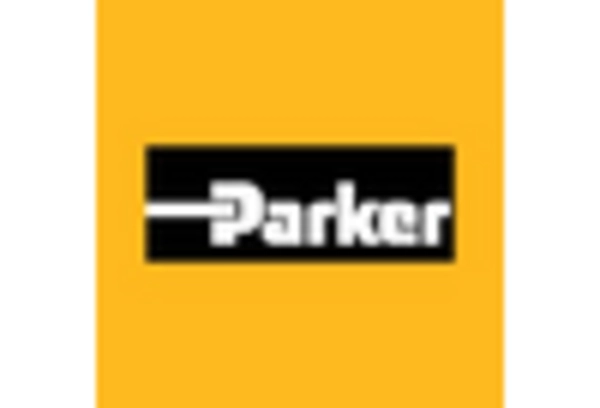
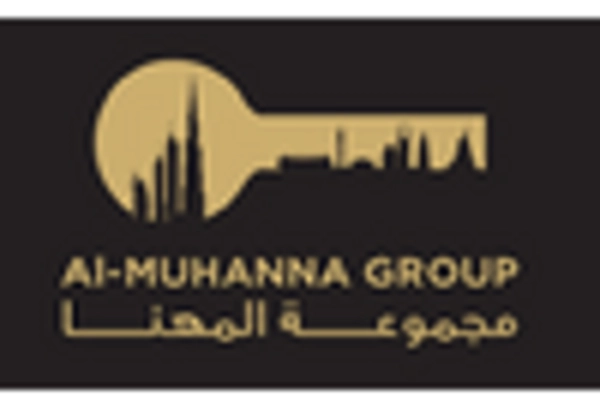








Leave a Comment